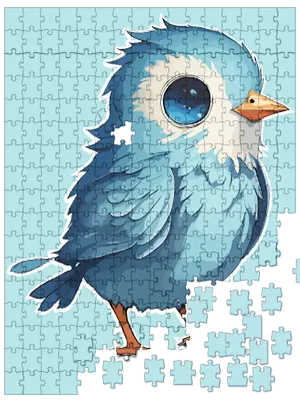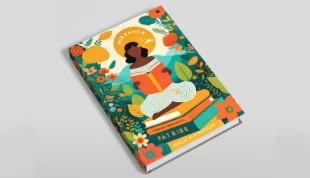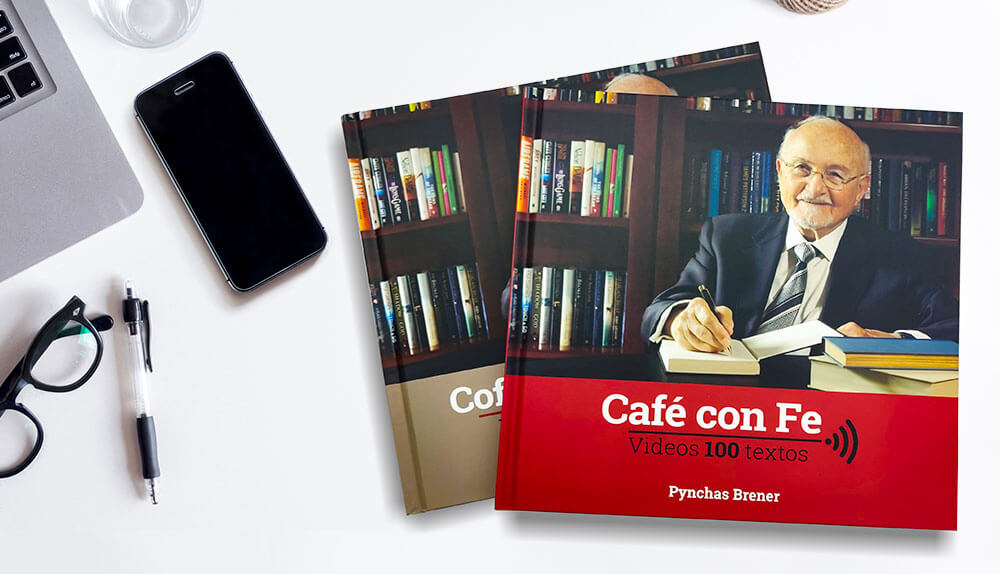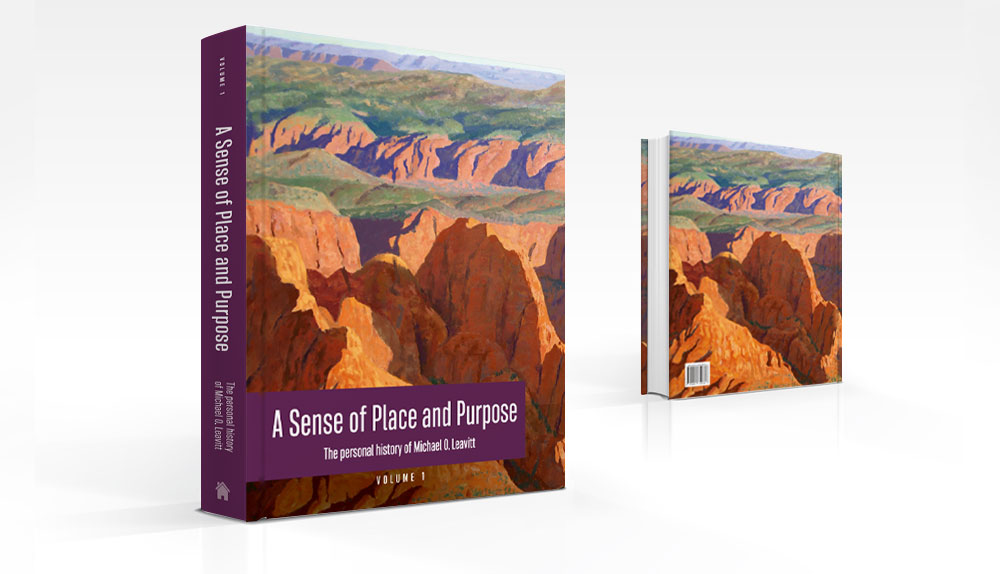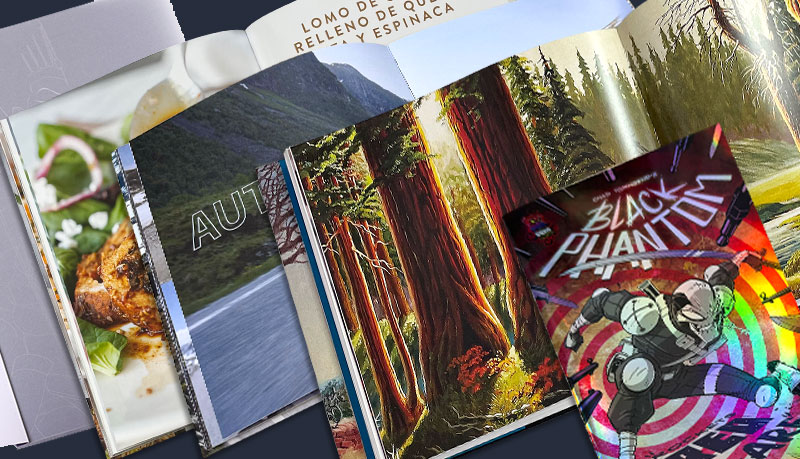Learn how to research and write non-fiction books for the women's market. We take you, step-by-step through what you need to know to get ideas, develop outlines, write, print, and self-publish non-fiction books aimed at one of the bestselling and most profitable markets in the world.
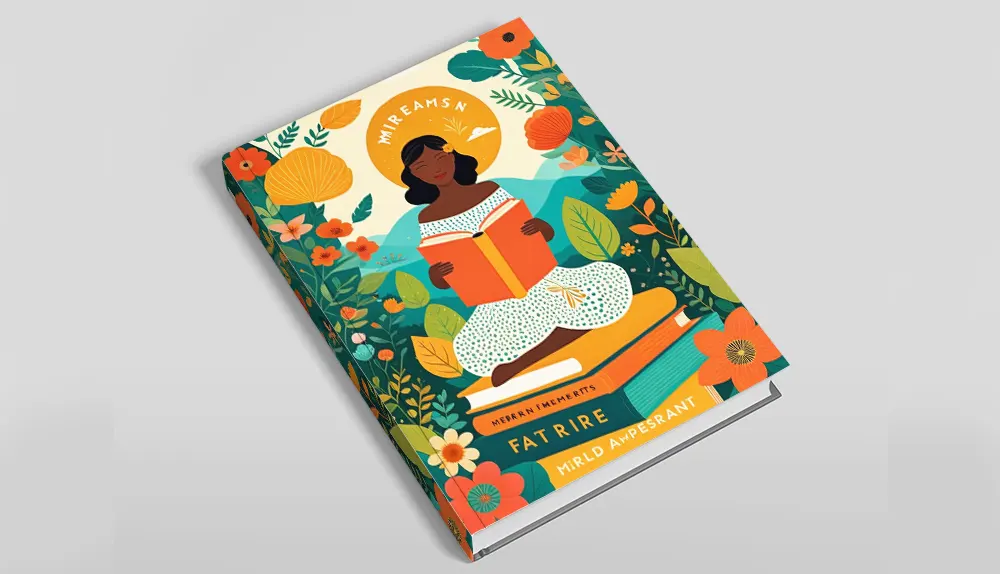
Women's non-fiction: a lucrative market for independent writers
When did you last pick up a women's magazine or look up “non-fiction women's books” in your favorite online bookstore? If you haven't browsed the newsstands and bookstores for women's non-fiction recently, you may not realize just how many of these titles there are and how well they're selling; not to mention how much in this sector is written by independent, self-publishing authors. We just checked on Amazon in this category and it turned up over 100,000 titles. The sheer volume of high-quality, wide-distribution women's books is amazing, but it's not such a big category that there isn't room for one more author to carve their niche in the market. Thousands of titles sell millions of copies daily. Yours could be one of them. Why not?
Contemporary women's non-fiction books – and you can validate this with your own research – are as varied in content, approach, and style as women themselves are varied in their interests and lifestyles. And while most women's writers are women, you needn't be a woman to write in this field. Many successful women's writers are men. Whatever your passion or writing niche, you'll find a space for it in the women's non-fiction market. After all, half the people on the planet are women and women are smart, eager, voracious readers as a whole.
How to write for the women's non-fiction market
Even in our supposedly more enlightened times, there persists in some quarters – and it saddens us to say it – a popular misconception that writing for women is both easy and formulaic. But, to speak plainly, that's just sexist nonsense. Writing for the women's market is no less demanding than writing for any other. You must create fresh, original, well-written content tailored to your readership.
The first rules for writing for the women's non-fiction market are the same as for other markets:
Read the kind of books you want to write
Research market indicators such as magazines, websites, blogs, YouTube channels and TV shows that cover the same topics
Choose a targeted topic and give it a fresh angle
Commit yourself to producing only your best writing, edited, proofread, and polished
Research the women's non-fiction market
As we mentioned, the women's non-fiction market is vast. Every day, books are printed, published, distributed, bought, and eagerly read by women (and many men) at every stage of life, of every political persuasion, of every economic, professional and relationship status. Women's non-fiction books are not a homogeneous grouping. For this reason, it's important to do a thorough job of researching your intended market within this sector before you start planning and writing.
Checking the bookstores online and offline, visiting your public library, and checking the newsstands, you'll discover a plethora of potential topics to write about. Just be aware that several subjects are already so well-covered by the staff writers of mainstream publishers that they may represent a more challenging niche for independent authors' contributions. Fashion, cosmetics, beauty and fitness often fall into that category; although if you have a strikingly original take, you could still break into the market that way. But that still leaves a wealth of possibilities. To get you started on the right track, here are five niches within the women's market that always seem to have room for more, based on our extensive experience in the book printing business.
The 5 most popular and profitable women's non-fiction niches
Only a detailed and up-to-date analysis that you do yourself based on your interests, location, and other factors will show you what that topics are hot and which evergreen subjects are reliable sellers. But we know that five genres are perennially popular with women all over the world. They're also the easiest for an indie author to break into with success.
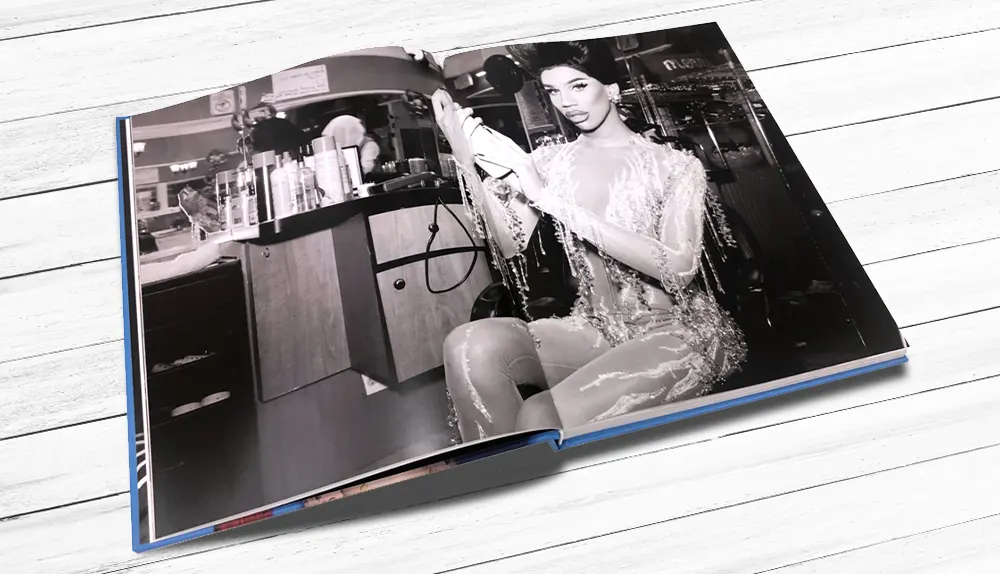
1. Tragedy to triumph
Popular everywhere and always, ‘tragedy to triumph' stories are true life (or true-to-life) accounts about people who have overcome terrible odds to achieve happiness, wealth, or the resolution of a family, personal relationship, or health issue.
Unlike the ‘confessional' — which we'll cover next — these stories must be genuine and you may need to include evidence to that effect, such as photographs of the people involved in the design and layout of your book. While you may choose friends, colleagues, or family members with an interesting story to be the subjects of your book, you must always obtain their written consent. With historical figures and deceased persons, you shouldn't have any trouble, especially if your book shows the person in a generous and sympathetic light.
Good themes for this genre include the following:
- Rags to riches
- Illness to health
- Loneliness to love
- Captivity to freedom (dead-end job to successful startup, failing relationship to starting afresh, etc)
- Suffering to compassion (someone who loses a loved one to cancer and dedicates her life to helping others, as an example)
The key to success with this type of story is to make sure that, despite the tragedy, the message is positive, leaving the readers feeling uplifted and inspired. The idea is that readers go away from your story feeling that they can overcome their own difficulties and build a positive future. Your research into a particular readership bracket (age, social status, income, interests, etc.) will help you understand what style and tone to use when you write your book, but certain popular conventions are worth noting:
- The opening sentences and paragraphs of the first chapter of this type of book must name the protagonist, foreshadow the impending tragedy, and hint at the positive resolution to come. For example, “Mary Collins wasn't always the self-confident businesswoman she is today. In the early morning, May 12, 1991, her parents heard unusual sounds coming from the bedroom she shared with her kid sister, Anna. When they went up to investigate, Anna was alone, hugging her doll, eyes wide with fear. ‘The man's taken Mary,' she said. ‘Mary's gone.'”
- While true stories are historical, factual accounts, you should use a strong narrative style, the traditional “three act” structure (the inciting incident which starts the trouble, the main conflict, the resolution and payoff), and plenty of emotion-provoking dialogue.
- The story should always show how the protagonist (Mary, in our example) deals with the conflict (her time held hostage by a kidnapper in this case) and how through her own efforts she turns the situation around and makes some good come out of it. In this example, she escaped, keeping her kidnapper talking while the police found them. She went on to be a successful businesswoman with a strong social ethic, supporting charities which help survivors of abduction.
- You can also frame the story if it's about a real person that you've interviewed, using a more journalistic style. For example, “I meet Mary in an upmarket coffee shop, wood-paneled and scented with the aroma of roasting beans, just three minutes from Washington Square Park. It's hard to match the shy teenager from the newspaper cuttings — the girl who, in the early morning, May 12, 1991, was kidnapped from the bedroom she shared with her kid sister — and the elegant, self-confident brunette who calls the waiter by name as she orders a short black.”
- However you frame it, use plenty of dialogue to allow the subject to tell the story in her own words.
2. Confessionals
The popularity of so-called confessionals can be seen in the number of magazines that specialize in publishing short pieces in this genre—such as True Story, published by Creative Nonfiction, and magazines like That‘s Life and Bella, published by the UK-based Bauer Media Group, and big glossies like Vogue, Harper's Bazaar, Cosmopolitan, and several others from the Hearst publishing stable that frequently carry ‘true stories' and ‘confessionals.' So, there's definitely a market for book-length works in this genre, too.
In many cases, these stories must be verifiable, in the same way as the ‘tragedy to triumph' stories are. But often, they can be fictional so long as they are ‘true to life.' So, you can actually make most of it up and frame it like a true story. Whether you add a disclaimer before or after is up to you. But we think it's best to own up to the fictional or fictionalized elements of any book that you're marketing as non-fiction, right? A simple “based on” or “inspired by a true story” is enough to be fair to your reader. You can usually drop the disclaimer into your copyright page. As with the ‘tragedy to triumph' type story, there are conventions you should stick to when writing the confessional.
- Always write in the first person. There's no exception to this rule. Even if you're writing a fictional ‘true to life' account, you must write it as if it had really happened to you.
- Open your story with an emotion-provoking ‘hook.' That's usually a description of what it is you're confessing — an addiction, maybe, or two-timing your boyfriend, stealing stuff from your workplace, or whatever it is. Show the readers upfront what your problem is and the painful effects it has on your life.
- Once you've hooked the reader, use the following chapters to flashback to how it all started, and the struggles and losses you have experienced that brought you to the present crisis.
- You can end your piece in one of two ways. Either make an upbeat ending explaining how you found help, or an experience which turned your life around; or you can leave the reader at the climax of your crisis, not knowing whether you will ever overcome the odds.
- Tell only one story and keep it simple and direct. So, if you're telling the story of your addiction to the quick thrill of stealing stationary from the office, only tell that story; don't go into detail about your job search after you got fired, how you found another job, married the boss, and are now expecting your third child. Keep it tight and on message.
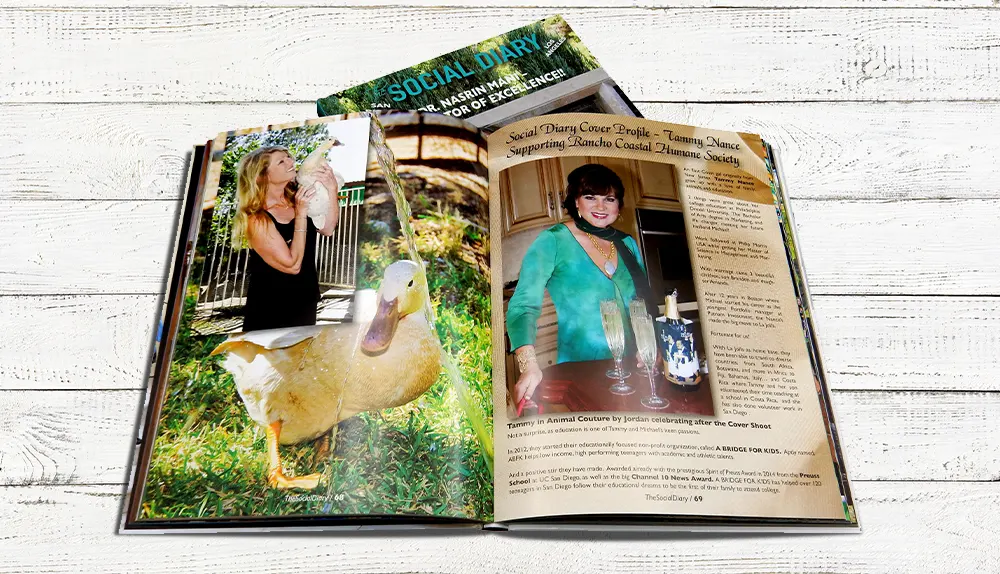
3. Profiles of interesting people
The women's non-fiction market is hungry for engaging, well-written biographical profiles based on interviews with people your readers will be interested in. If you can snag a series of interviews with a high-profile celebrity, politician, or a successful businesswoman, all the better, but the interviewee needn't be famous. All that matters is that they have an interesting story worth telling.
If you don't have celebrity contacts — and let's face it, most of us don't! — you need to think outside the box. Many women's non-fiction readers will happily devour any story about a woman who is breaking the mold, pushing the boundaries, or succeeding in a traditionally male-dominated field. We've seen successful books in this genre about a woman farmer, female martial arts instructors, and all-girl soccer teams. All interesting women with great stories to tell.
Other avenues of enquiry worth pursuing might be a local author, actor, or charity campaigner. Keep a keen eye on your local paper, which might run human interest stories about women you could approach for an interview. A writer we knew once made a successful pitch for an interview with a female veteran she got to know while volunteering in a care home. Once you start looking, you may be surprised at the book ideas you'll find!
Research and preparation are key to conducting successful interviews. Make sure you get as much background material as you can. You may want to meet your subject more than once in an informal setting and arrange to visit her while she's doing whatever interesting thing it is she does. Perhaps talk to her friends and relatives. Only then, when you feel you've built a good rapport with your subject, should you write up your questions.
If you're interviewing even a minor celebrity, you may not have the opportunity to meet in advance of the interview, but at least angle for a telephone conversation if you can and fill in the rest with research. Most A-list celebrities conduct interviews exclusively via the telephone unless the interviewer is herself a famous columnist or journalist with a wide personal following.
Besides covering the basic biographical information readers will need and want to know, try to ask a few open-ended questions which may encourage the interviewee to express more personality and maybe reveal a side of themselves that is more intimate and less obvious in their professional role.
Whatever else you do, don't try to “dig up the dirt” or get the interviewee to compromise herself. We would counsel you to ignore all such temptations on ethical as well as professional grounds. Be kind, generous, and thoughtful. Look for the best in the person you're interviewing with an aim to inspire the reader rather than dish out salacious gossip.
4. Feel-good stories
Many successful women's non-fiction books are fundamentally feel-good stories. These stories may be true or ‘true to life.' They are relatable stories in daily-life settings with the aim of bringing a smile to the reader and leave her feeling happy and positive.
A typical feel-good book might tell how a kid overcame her shyness to take a starring role in the school play and later went on to a stage and screen career; how a beloved pet was lost and found; long-lost relatives reunited after years of separation; how someone diagnosed with a terminal illness found a cure; or any story that warms the heart and shows either good fortune at work or the better side of human nature.
Ideas for feel-good stories can come from your personal experience, the local or national newspapers, overheard conversations or you can create a ‘true to life' story based on a real biography or a montage of other stories you've read. Just be careful to make sure that you don't plagiarize another writer's work if you go this route. Be sufficiently inventive and creative with your material to make something truly fresh and original.
5. Health and Fitness
Health and fitness books really need expert medical knowledge or academic research and are rarely successful as indie projects. But personal success stories that touch on health and fitness are always popular and offer many opportunities for the self-publishing writer. Health and fitness articles built around heavily researched up-to-date information backed up with references and verifiable quotations from qualified experts are also a possibility but may end up being more in the academic world than mainstream non-fiction. On the other hand, a possible avenue to explore as a writer would be a collaboration with an expert who gets “equal billing” on the front cover—think of your personal trainer, nutritionist, or dietitian who might be delighted to work with you to promote their own business activities or fitness ethos.Such a book could have a good chance of selling.
But of the five most popular book genres that are easiest for independent authors to write and promote in the women's non-fiction category, the health and fitness verticals are the most saturated. To boost your chances of success, give a new spin to your subject or approach it from an original angle. A generic book about weight loss might be tough to sell, but if you can personalize it — maybe your doctor told you if you didn't lose X pounds in X months, you would be playing dice with death; or to support your partner you lost weight together; or you did it to raise money for a charity — you might have a winner.
Try to think outside the box and look for a fresh and original ‘take' on any health or fitness book you have in mind. Still, the most common conventions shouldn't be overlooked:
- Use a conversational writing style, as if you're sharing a confidence with a friend
- “Before and after” stories — especially if you can provide photos — are always popular
- Your story should have a strong narrative structure. Begin with a dramatic portrayal of the problem, follow through with your struggle to overcome the obstacles in your way, then lead into how you finally achieved success.
- Back up any medical statements or statistics with authoritative quotations and provide sources in an appendix for the reader to check
- Always end your story on a positive note
We must point out that this list is by no means exhaustive. As we said at the top, what qualifies as “women's non-fiction” as opposed to simply “non-fiction” is often more a matter of how it's marketed than the content or topic, unless it's clearly about actual women being successful or deals with specific “women's issues”. You can write science, philosophy, business, romance, art, music, history, popular culture, humor… anything at all! It becomes “women's non-fiction” when you angle it toward the female readership based on the preferences and interests expressed by that catch-all group according to market research.
The next step after finishing your book is to get it printed. And to do that you'll not only need a printer, but maybe a book designer and cover artist to handle the interior and cover art and layouts. Alternatively, if you have design experience and are familiar with professional software, you can do it all yourself – or if you really have what we call the “Indy Spirit”you might want to learn how to design a book for print even if you've never done it before.
However you approach it, we recommend printing your non-fiction books in either in hardcovers with a dust jacket or in sewn perfect bound. These are the traditional ways that mainstream publishers we work with choose to release most non-fiction titles on their lists. Copying what they do as an indie is a good idea as it also meets reader expectations, making your finished book easier to market. You'll also get a higher return on your investment on a hardcover edition, say, than on a paperback. To find out all the technical details, you can start by visiting our main hardcover book printing page.
When you're ready to print, or starting to work on the layout and design of your book, we'd love to hear from you to see how we can help. We have 30 years experience in the industry, an expert dedicated team of designers and printers, start-of-the-art printing facilities, and a worldwide reputation for excellence.
Talk to us. We're here to help!
If you have other questions or need clarification or help with any aspect of preparing your business book for print, shoot us an email to [email protected] or just call us on +1 226 789 2909 and we'll be delighted to do all we can to help you.




